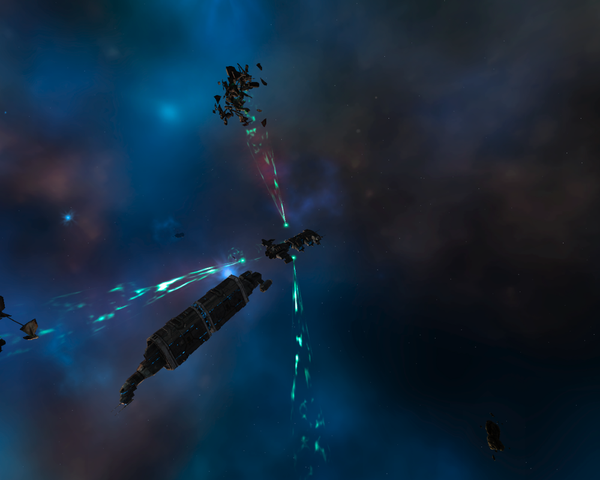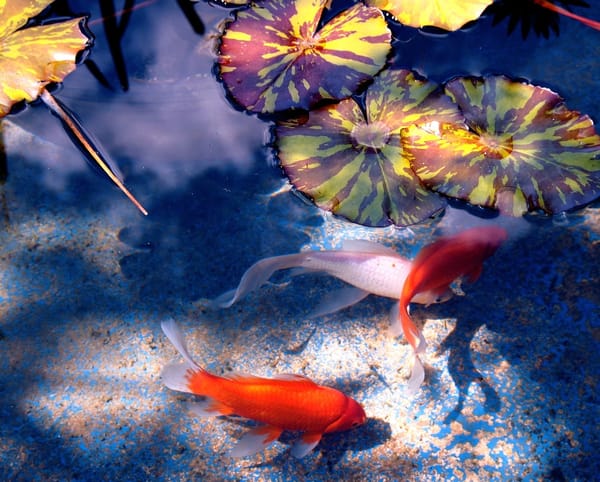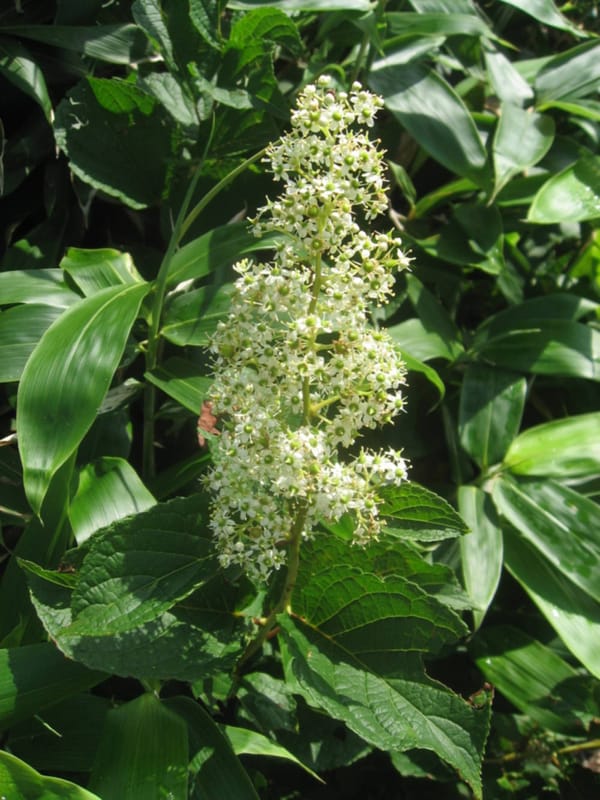The Biodiversity Crisis
Philippa Skett talks about why we need to act, fast
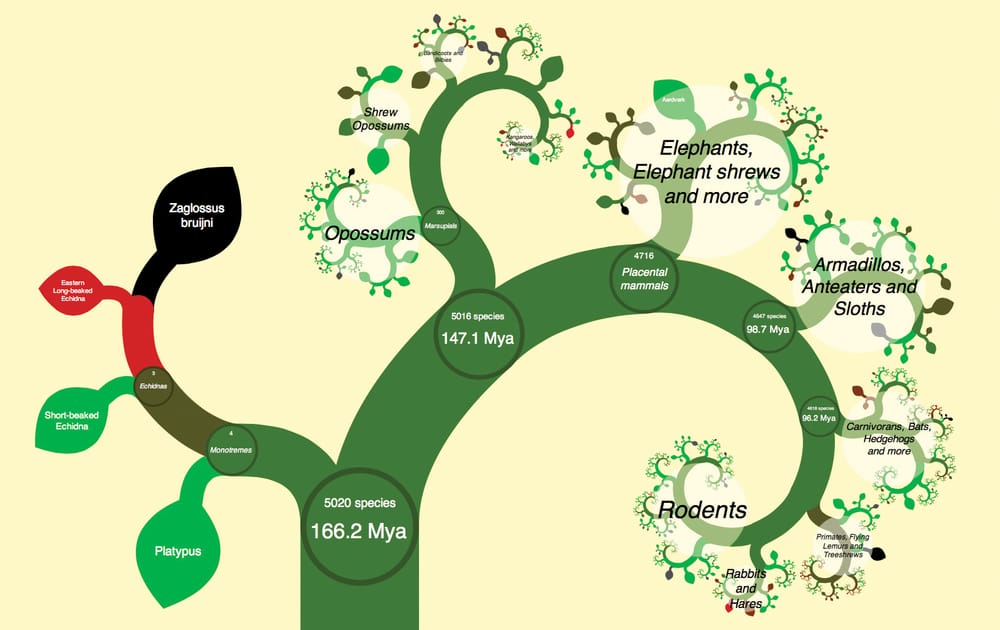
Imperial saw the advent of OneZoomTM this month, a navigable, online Tree of Life that allows for easy exploration of mammals and how they are related to each other genetically. Using a click of a mouse, you can scroll through millions of years of evolutionary hardship to come to the organisms it has shaped today, each settled cosily on a little leaf.
Created by Life Sciences’ own Dr James Rosindell, it comes in a patchwork of colours, not for added aesthetics but to highlight just how at risk some of our mammals are from extinction. Ranging from a
Over-exploitation is causing these massive biodiversity reductions in tandemwith the population booms these countries are experiencing
healthy green to a morbid red, each mammal’s leaf is coloured depending on how at risk it is using the IUCN Red List of Threatened Species. The tree appears almost as a patchwork quilt of red and green, with the IUCN currently listing 25% of mammals being at risk, alongside 41% of amphibians, 33% of reef building corals, 13% of birds, and 30% of conifers.
Furthermore, it is estimated that around 50% of the total current species present now will be extinct in the next 50 years. The cascading effects of species loss it may induce could lead to an even greater extinction rate than could bepossibly predicted. Some researchers are estimating that the present extinction rate is up to 100 times greater than the natural extinction rate that occurs due to progression of mutations and general evolution alone.
“The Biodiversity Crisis” is the hot name for this 6th major extinction that we are currently riding out –
ith 1 in 4 fisheries worldwide now depleted in biomass to a point where they are below a sustainable level, such exploitation is going to be devastating in the long run
the other five being down to either extreme climate or biochemical shifts; this one is being blamed on just one species and its actions: the Homo Sapiens. As we push climate change, deforestation, exploitation of fisheries, and intensive agriculture to their limits, it is the upsetting of the ecosystems that is claiming the casualties – around 3 species of a plant or animal are disappearing per hour.
But just what implications such a reduction could have on populations and livelihoods, mainly in less economically developed countries, are difficult to determine. Over-exploitation is causing these massive biodiversity reductions in tandemwith the population booms these countries are experiencing.
That is not to say they are at fault; it is easy to see how a father of five would go about fishing enough to feed his family without considering abstract biodiversity limitations, but in some coastal communities up to 90% of the individuals are doing exactly the same. With 1 in 4 fisheries worldwide now depleted in biomass to a point where they are below a sustainable level, such exploitation is going to be devastating in the long run when the fisheries run dry and communities lose their greatest commodity.
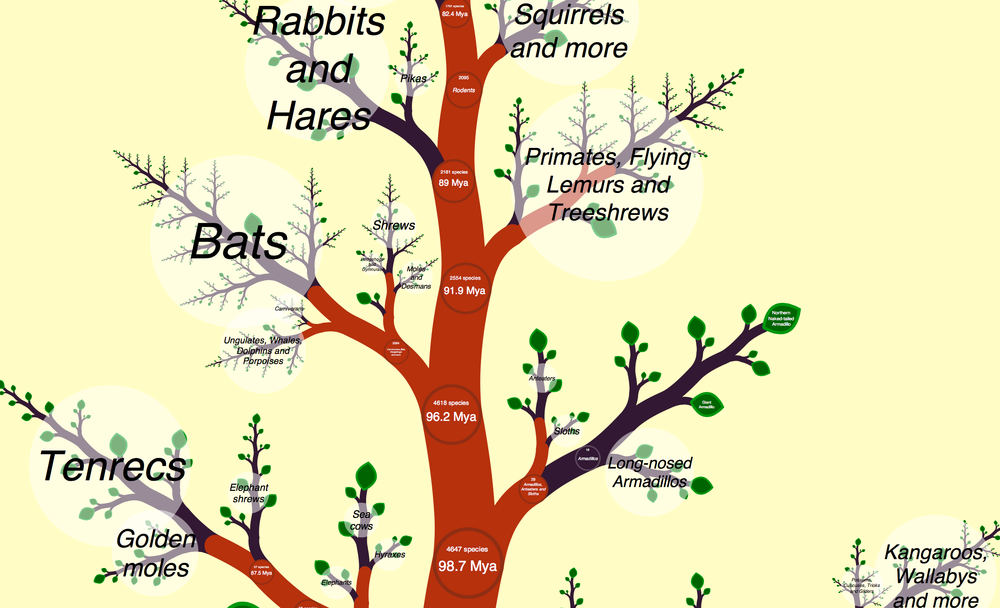
In many of these scenarios, it is the lack of education and resources at such hot spots that make it difficult to implement sustainableresource acquisition, which would provide long term benefits for both them and us. So how does that bring us into the picture? If you are not currently sitting in SAF, then no doubt conservation and resource management are not going to be on your mind, but there are still things you can do to help the bigger picture.
Endeavour to buy sustainable seafood (so avoid Bluefin Tuna or Northsea Cod) and only buy wood or wood-based products that boast the Forest Stewardship Council (FSC) logo to show it is from a sustainable source
Endeavour to buy sustainable seafood (so avoid Bluefin Tuna or Northsea Cod) and only buy wood or wood-based products that boast the Forest Stewardship Council (FSC) logo to show it is from a sustainable source. Or simply put more of those energy-saving tactics that were driven into us since primary school into action. With climate change driving biodiversity loss too, cutting down on such effects can only benefit the birds and the bees. Strive to use renewable energy, walk instead of drive places or simply turn the lights off when you leave the room.
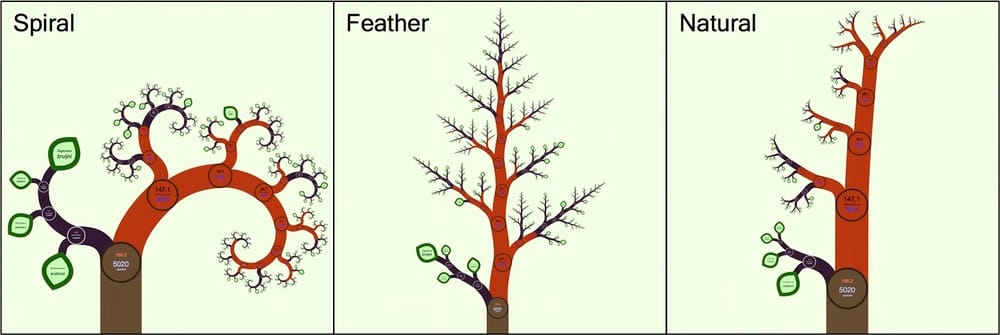
Still not convinced? Although it can be difficult to sympathise with a tiny little mushroom on the edge of disappearing, consider the bigger biodiversity blanket as a whole. Biodiversity as a network of
“The Biodiversity Crisis” is the hot name for this 6th major extinction that we are currently riding out
individuals is what makes an ecosystem; it is the lattice of interactions between the species that drives habitat construction, maintenance and regrowth. Remove a thread from the weave and it all begins to unravel, which is now accelerating right before our eyes.
Biodiversity contributes to fertility and crop health, medical availability from plants, air quality, material quality and a general high quality of life. As the species drop out, one by one, the buffer biodiversity is providing us is reducing bit by bit. So if you don’t really see the point of saving that mushroom, do it to save us; as long as you don’t admit to doing it for selfish purposes, no one will ever need to know.



